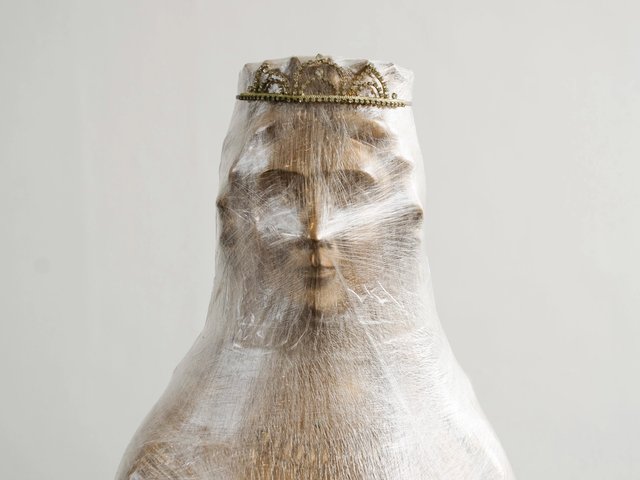While many contemporary Iraqi artists have fled their war-torn homeland, those who stayed have been largely cut off from an international audience of curators and collectors. Now the Baghdad-based Ruya Foundation is giving a platform to artists working in Iraq and the diaspora by launching the first online archive of their works.
The Ruya Artist Database currently features 380 artists (220 of those are based in Iraq) working across all media, from video art to reinventions of traditional textiles. Photography is a common thread; many young Iraqi artists, particularly from the Kurdish region, took up photojournalism and worked for news agencies during the Iraq invasion.
“There is a big gap between contemporary artists in Iraq and those working outside,” says the Baghdad-based artist Salam Atta Sabri, who exhibited in the Iraqi pavilion at the Venice Biennale last year and was the former director of the National Museum of Modern Art in Baghdad. “We need more channels to show and discuss our work. The Ruya Foundation’s database is a great opportunity for us to market Iraqi art; we don’t have anything like it.”
As with the Ruya Foundation, the database is a non-profit endeavour, but the exposure could lead to sales. “We are not acting as a gallery per se, but we have in the past facilitated the sale of works to international collectors,” says Tamara Chalabi, the chairwoman and a co-founder of the Ruya Foundation, which is also working with international artists including Francis Alÿs and Ai Weiwei. “There isn’t a proper art market in Iraq and people don’t come for tourism. It can be very frustrating.”
In light of the cultural looting that has ravaged Iraq, one of the main aims of the database is to “archive the past, the present and hopefully the future”, Chalabi says. She stresses that the project is archival—not curatorial—in nature, and that anyone can be part of it. “The database is about artists themselves having an ownership of it and feeling that they are part of a bigger story,” Chalabi says.
Funded entirely by the Ruya Foundation, the project is currently focusing on the visual arts, but there are plans to extend the database to include writers, musicians and film-makers.



